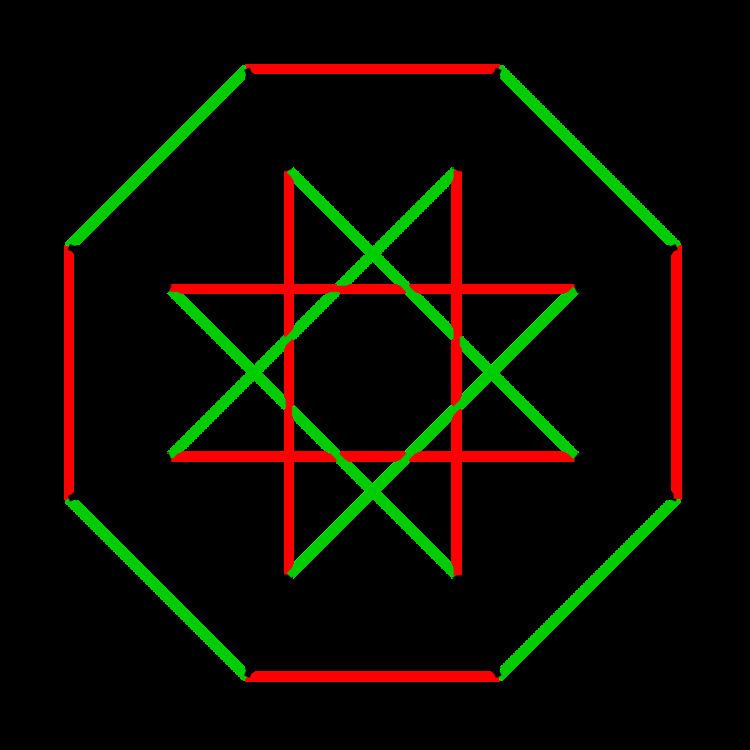In physics and mathematics, the Pauli group G 1 on 1 qubit is the 16-element matrix group consisting of the 2 × 2 identity matrix I and all of the Pauli matrices
X = σ 1 = ( 0 1 1 0 ) , Y = σ 2 = ( 0 − i i 0 ) , Z = σ 3 = ( 1 0 0 − 1 ) ,
together with the products of these matrices with the factors − 1 and ± i :
G 1 = d e f { ± I , ± i I , ± X , ± i X , ± Y , ± i Y , ± Z , ± i Z } ≡ ⟨ X , Y , Z ⟩ .
The Pauli group is generated by the Pauli matrices, and like them it is named after Wolfgang Pauli.
The Pauli group on n qubits, G n , is the group generated by the operators described above applied to each of n qubits in the tensor product Hilbert space ( C 2 ) ⊗ n .
As an abstract group, G 1 ≅ C 4 ∘ D 4 is the central product of a cyclic group of order 4 and the dihedral group of order 8.

